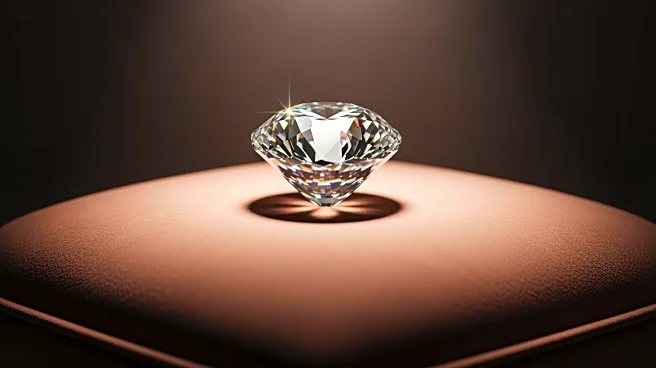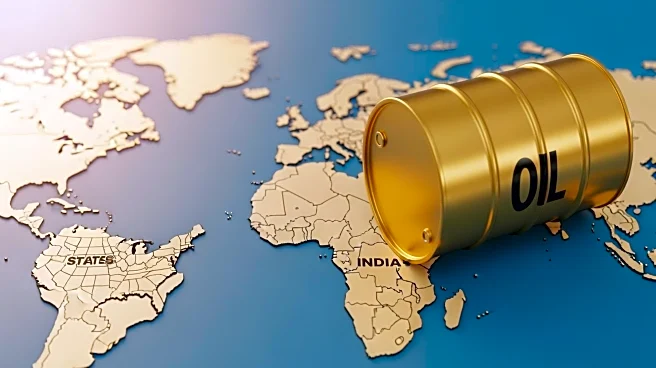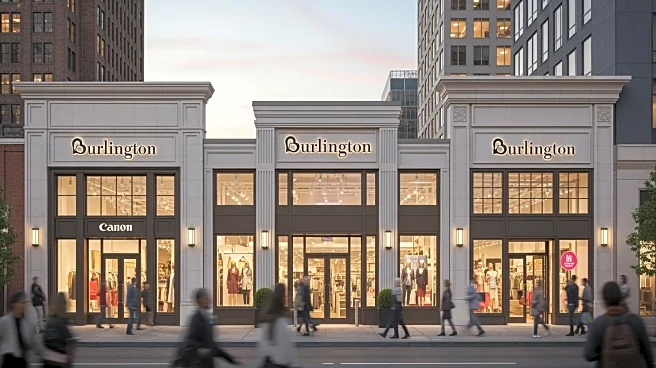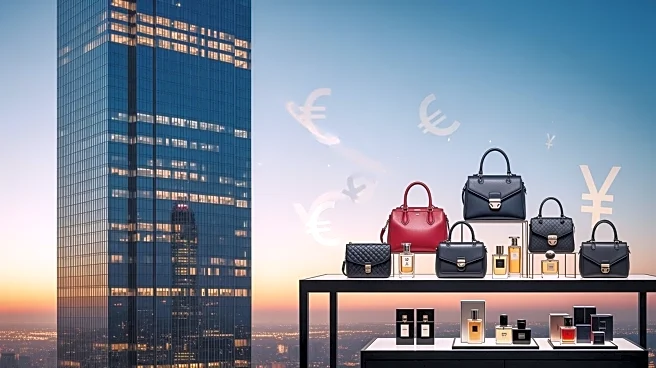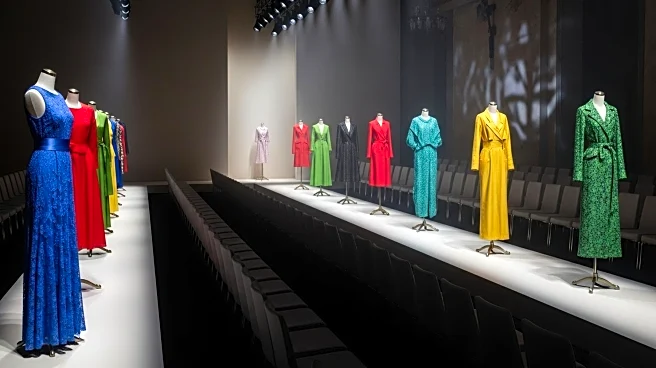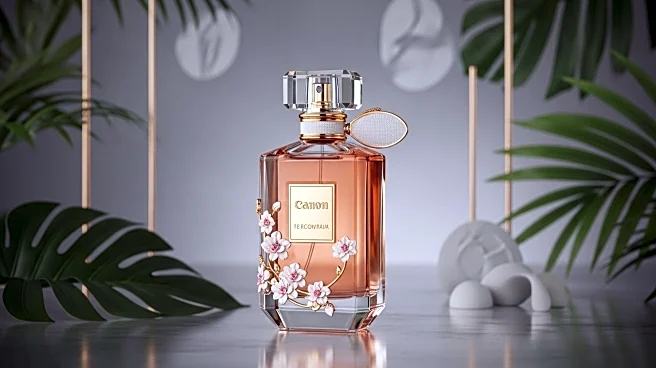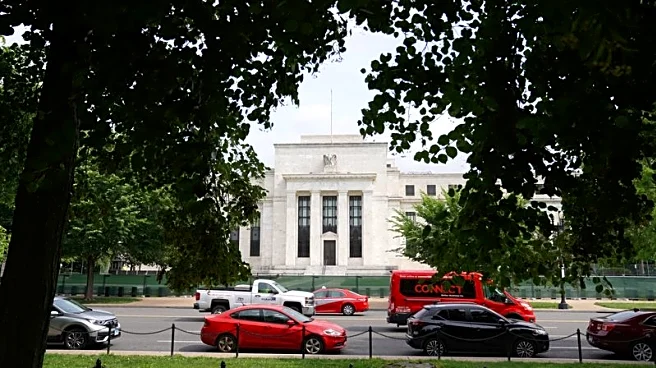What's Happening?
The luxury sector is cautiously optimistic about a potential rebound, as evidenced by a recent 14% surge in LVMH's stock price following better-than-expected third-quarter results. Despite this, the fashion
and leather goods division of LVMH saw a 2% contraction, continuing a trend from earlier in the year. The broader luxury market remains in a downturn, the most prolonged since the 2008 financial crisis. Executives are hopeful that creative renewals in fashion, such as new designer debuts, will attract consumers back to luxury stores, particularly in key markets like the U.S. and China. Additionally, the luxury sector is increasingly focusing on India, with major brands hosting Diwali events in cities like Mumbai, London, and New York.
Why It's Important?
The luxury sector's performance is a significant indicator of global economic health, as it often reflects consumer confidence and spending power. A rebound in this sector could signal a broader economic recovery, particularly in the U.S. and China, which are crucial markets. However, the current downturn highlights challenges such as reduced store traffic and changing consumer behaviors. The focus on India represents a strategic shift, as brands seek to tap into emerging markets to offset declines elsewhere. Success in these markets could lead to increased investment and job creation, impacting global economic dynamics.
What's Next?
Luxury brands are likely to continue their efforts to innovate and attract consumers through creative marketing and product offerings. The upcoming holiday season will be a critical period for assessing whether the sector can sustain any positive momentum. Additionally, the industry's focus on India may lead to further expansion and investment in the region, potentially reshaping global luxury market strategies. Stakeholders will be closely monitoring consumer responses and economic indicators to gauge the sector's trajectory.
Beyond the Headlines
The luxury sector's challenges underscore broader economic issues, such as income inequality and shifting consumer priorities towards sustainability and ethical consumption. As brands navigate these complexities, they may need to adapt their business models to align with evolving consumer values. This could lead to long-term changes in how luxury goods are marketed and sold, with potential implications for global supply chains and environmental impact.
